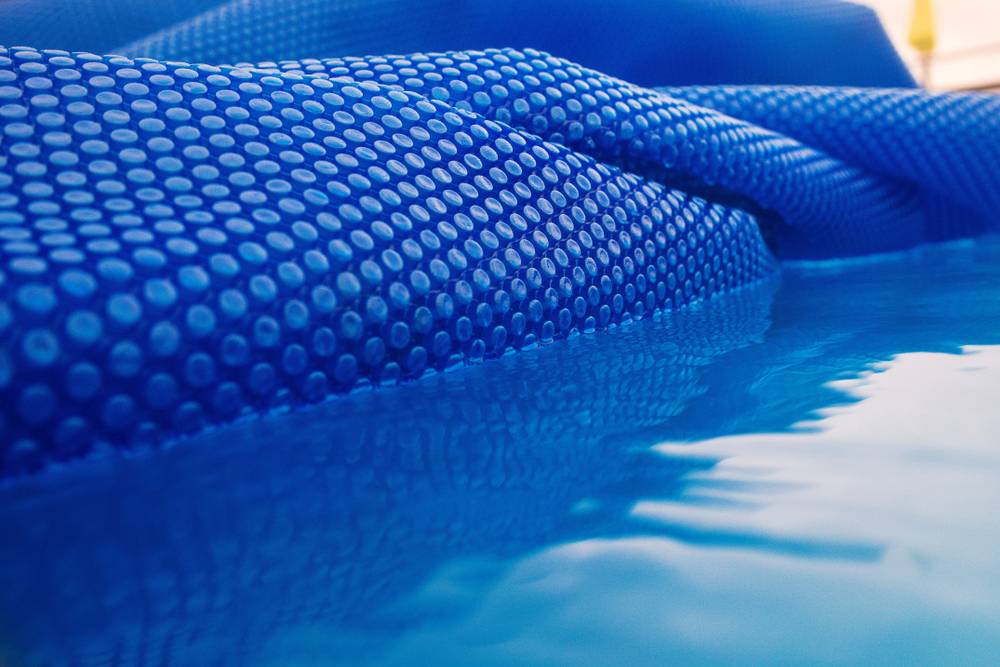Hello Everyone,
This is my third year owning a fiberglass salt water pool. I noticed I have what looks like staining around the pool. It’s around all of the walls and doesn’t seem green or black. More like a shadow of the dark blue color of the pool. I’m guessing this is staining from chemicals or fading from the sun. Is this a common issue? How do I confirm if it is indeed a stain or something else. Then how do I remove?
Thanks!
This is my third year owning a fiberglass salt water pool. I noticed I have what looks like staining around the pool. It’s around all of the walls and doesn’t seem green or black. More like a shadow of the dark blue color of the pool. I’m guessing this is staining from chemicals or fading from the sun. Is this a common issue? How do I confirm if it is indeed a stain or something else. Then how do I remove?
Thanks!


 The stain? ... hard to know without more info. Let's do this:
The stain? ... hard to know without more info. Let's do this:





